The purses, Bitcoin portfolios, other cryptocurrencies and cryptoactives store the private keys that are needed to access the balances registered in an address or public key of the corresponding block chain and be able to spend them. Currently there are several types of cryptocurrency portfolios that can be categorized using two variables: ease of use and security.
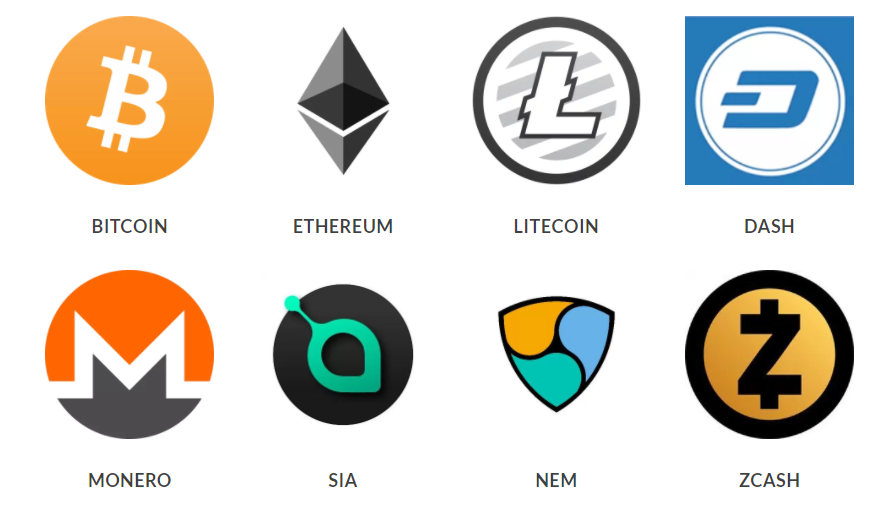
Types of cryptoactive portfolios, categorized by security and ease of use
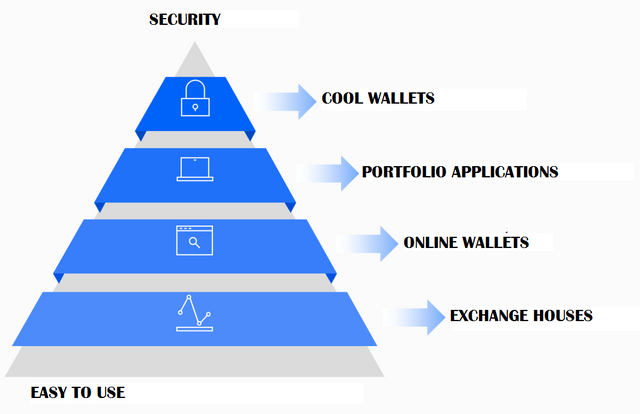
Starting at the bottom of the pyramid, there are exchange houses, which act as a bank of cryptocurrencies: users enter their crypto-assets in an assigned address and the "bank" is responsible for managing them, that is, they move the money of the users to one or more central portfolios and from there they carry out the instructions of payment, purchase or sale that their clients indicate. They are useful for the exchange between cryptoactive and fiduciary coins. These services are prone to hacking, scam, service drops and other risks, so that users' money may be unavailable or simply disappear; In addition, they usually change the conditions of use at their discretion, causing account closures and other inconveniences to users.
Some house exchange services are Coinbase, Poloniex, Bittrex, Xapo, Bitfinex, Bitstamp, LocalBitcoins and many others.
(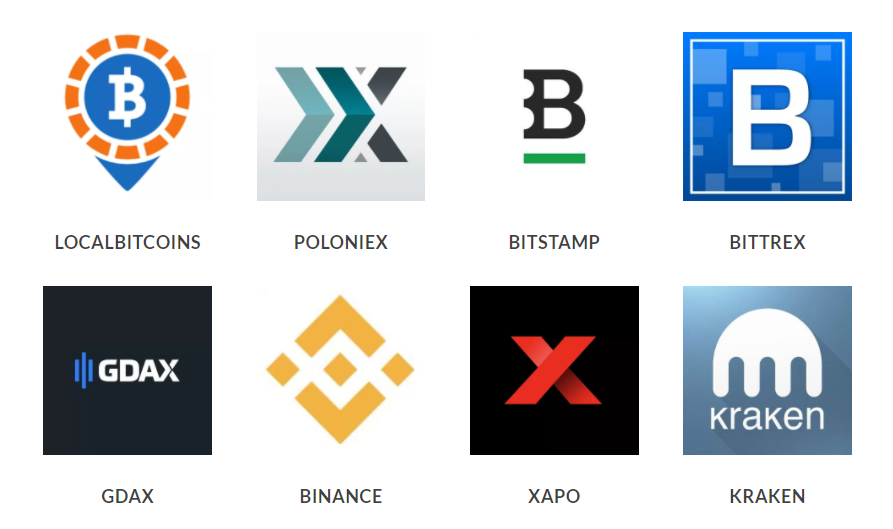 )
)
Exchange houses represent a business that allows the encounter between the real world (physical currencies) and the digital world (cryptocurrencies), although there are also between cryptoactives. Users who store their savings in these services run the risk of losing their money. With the development of Bitcoin technology, advances such as Atomic Swaps will make its use unnecessary in the future.
One step further up the pyramid are the online portfolios: websites that allow users to mobilize their money independently, having exclusive control of their private keys and without having to install any software. In this type of purses (and in the following two of the pyramid) an abstraction of the private key is generated in the form of 12 or more words called seed or backing that must be written down by the user in paper or other resistant medium and outside of line, in order to safeguard your money.
In the online portfolios the probability of hacking users' funds decreases drastically, even so it is not zero, since a hacker could install some malicious code in the website and steal the seeds of the users who access the page. The unavailability of funds remains a problem in these purses, as they may suffer from temporary falls for various reasons.
Blockchain.info and MyEtherWallet are two of the most used online portfolios.
In the penultimate step of the pyramid are portfolio applications: softwares that can be installed on computers and / or mobile devices and serve as an interface to view balances in the addresses that the user has and mobilize the money in them. They can generate a new seed or use a previously created backup, as well as allow the activation of a code or extra key, at the software level, to mobilize the money.
These applications eliminate the problem of unavailability of money (unless you damage or do not have the device with the software nearby) and completely transfer responsibility for security to the user, who must keep his device free of viruses, refraining from entering insecure pages, connect to free Wi-Fi networks and insert any unknown peripheral, such as pendrives or external hard drives, into the system.
Examples of portfolio applications are Exodus, Jaxx, Electrum, Mycelium, Coinomi and Bitpay.
At the top of the pyramid are wallets in hardware, also called cold wallets: physical devices that hold the private key of associated accounts offline, which allows signing transactions without exposing the seed. These portfolios are similar to a pendrive, are connected by USB to the computer and represent the safest way to protect cryptoactive. These devices allow you to send cryptocurrencies even in unsafe environments, such as outside computers.

LATIN AMERICAN EXCHANGE HOUSES
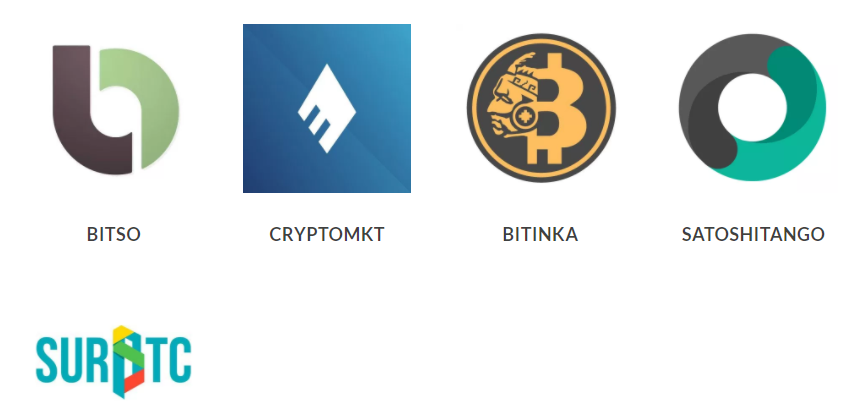


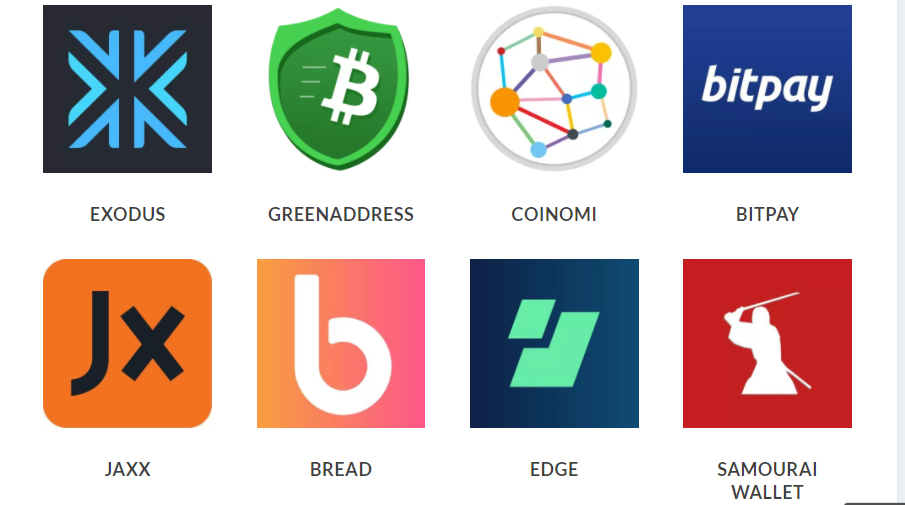
You got a 11.24% upvote from @brupvoter courtesy of @carloamc!
Downvoting a post can decrease pending rewards and make it less visible. Common reasons:
Submit
You got a 0.70% upvote from @mercurybot courtesy of @carloamc!
Downvoting a post can decrease pending rewards and make it less visible. Common reasons:
Submit